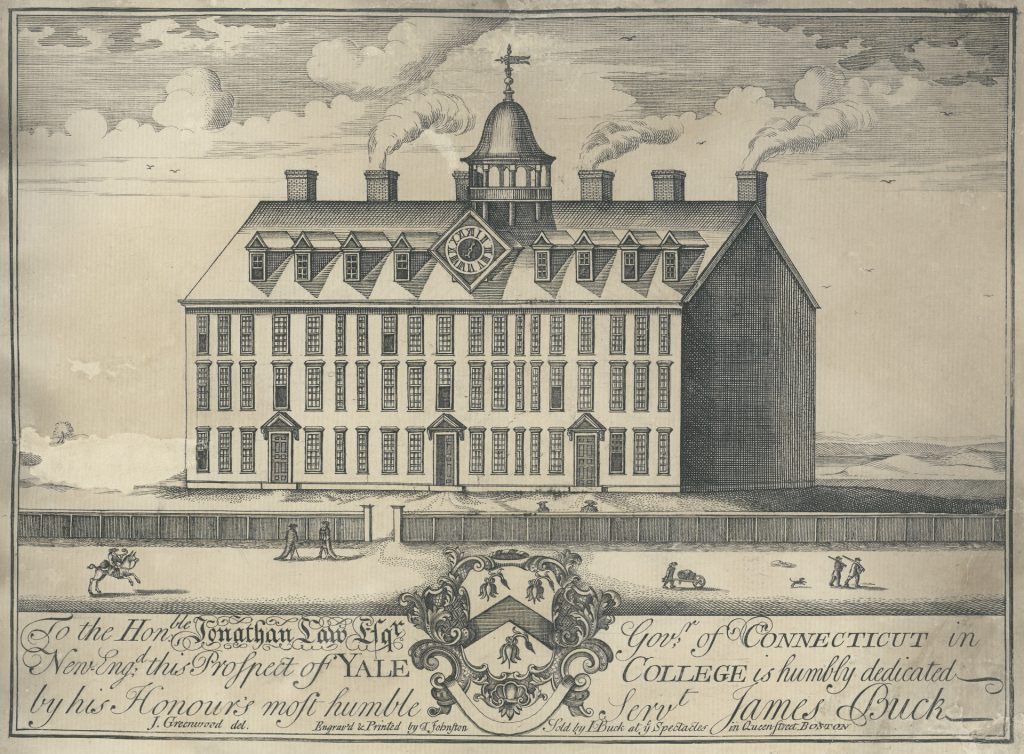Beyond the Divide: Advancing Digital Equity and Access
Published by: WCET | 4/11/2024
Tags: Access, Community College, Digital Learning, Diversity/Equity/Inclusion, Student Success, Technology
Published by: WCET | 4/11/2024
Tags: Access, Community College, Digital Learning, Diversity/Equity/Inclusion, Student Success, Technology

Considered the cornerstone of the American higher education system, community colleges have made post-secondary education more accessible and affordable since the early 1900s. However, it is essential to remember that higher education in this country was not created to advance equity and opportunity for commoners. It would not be until the 1770s that women were provided with an institution of education, and even then, these opportunities were afforded to women of a particular financial and political class.
The idea of education being provided for all didn’t materialize until 1821 when English High School, the first public school in the United States, was founded. Regarding post-secondary education, the Morrill Land Grant College Act of 1862 set aside federal lands to create colleges to “benefit the agricultural and mechanical arts,” according to the act itself. In the spirit of equity, it is important to note these federal lands included seized lands from Native Americans.
The significance of this quick account of the foundations of higher education in America is to understand two key elements for the sake of this article. For one, in our current political environment, the idea of diversity, equity, and inclusion being taught in schools has become a point of divisiveness for many. However, this should not come as a surprise. From the beginning of the foundations of American education and post-secondary education, the system was slow to embrace equity in instructional access for those of varying socioeconomic status and gender. America took roughly 200 years to embrace “Common Schools” by developing a public education infrastructure.
Secondly, inequity in resource allocation within education and higher education is not new. In 2020, The Century Foundation (TCF) calculated the level of- financial investment needed to address the resource gap for every K-12 student nationwide. According to their study, it was determined that the United States was underfunding our public schools by nearly $150 billion annually, negatively impacting predominantly minority and low-income children from a quality education. In 2023, New America published a state and funding tuition study of data from the U.S. Department of Education’s National Center for Education Statistics. Their study compared how much money underrepresented minority (URM) students receive, on average, in a state compared to other students. Interestingly, the study found that URM students receive an average of $1,752 less per student than other students nationwide.
As America grapples with the historical inequities of its education and post-secondary educational systems, technology is a critical tool in closing instructional gaps. Furthermore, technology is essential in improving student success rates for historically underserved and underfunded populations. According to the U.S. Department of Education Office of Educational Technology, technology can help affirm and advance relationships between educators and students, reinvent approaches to learning and collaboration, shrink long-standing equity and accessibility gaps, and adapt learning experiences to meet the needs of all learners.

While the power of technology is understood, the question remains: is technological access, implementation, and utilization being distributed in a manner that advances equitable social and economic mobility? The following are two suggestions for educators and community leaders to consider in efforts to advance digital access and equity:
According to the Urban Institute, digital access is the ability to participate in a digital society fully. This differs from digital literacy. According to the International Centre for Technical and Vocational Education and Training, this means accessing, managing, understanding, integrating, communicating, evaluating, and creating information safely and appropriately through digital technologies for employment, decent jobs, and entrepreneurship. Understanding the two better equips change-makers to develop effective strategies based on their communities’ needs. Essentially, just because access is provided does not mean the end-user knows how to navigate the tool(s). Advancing equity in today’s socio-environment requires efforts that promote digital access and literacy.
The lack of broadband access in rural and tribal communities deepens the digital divide.
The National Digital Inclusion Alliance defines the digital divide as the gap between those with affordable access, skills, and support to engage online effectively and those without. According to the Federal Communications Commission (FCC), 22.3% of Americans in rural areas and 27.7% of Americans in Tribal lands lack coverage from fixed terrestrial 25/3 Mbps broadband compared to only 1.5 percent of Americans in urban areas. The lack of broadband infrastructure in these communities has created a new level of vulnerability, a digital vulnerability, that is crippling digital access, equity, and literacy. Ultimately creating barriers to social and economic mobility compared to their urban counterparts.
In closing, educators, community leaders, and supportive stakeholders are responsible for bringing awareness to the barriers to digital access and equity in the communities and creating systems that seek to uproot previous practices that have failed to promote social and economic mobility.
WCET Executive Council, President, Community College of Aurora
References
Johnston’s View of Yale College,” etching and engraving, by the American printmaker John Greenwood, after a painting by Thomas Johnston (ca. 1708-1767). Colonial colleges. (2024, April 1). In Wikipedia.